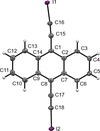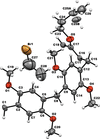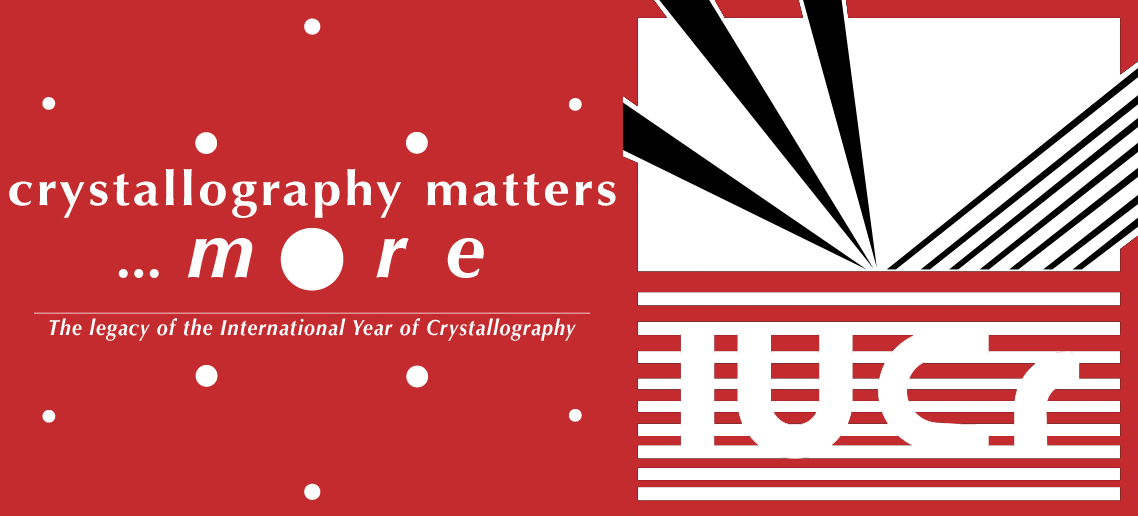issue contents
July 2023 issue

Cover illustration: Pillar[n]arenes are characterized by guest encapsulation and molecular recognition properties, which are due to their pillar-shaped structures, nano-sized cavities and availability of multiple rim sites for substitutions, and which makes them useful functional materials for several applications in materials chemistry, nanotechnology and biomimmetic systems. Appropriate derivatization of pillararene macrocycles can be achieved by selective functionalization of pillararene rims. Selective derivatization of pillarene rims enables self-assembly of these macromolecules to form supramolecular polymers or make them capable of interacting with flexible binding sites, for example proteins. The suitably functionalized pillarenenes could conjugate with other functional units such as drug moieties or photosensitizing agents and might generate potentially useful functional materials for a variety of applications such as drug delivery, light harvesting systems, sensors, detection and separation. In the 1:1 inclusion complex 1-[1,4-bis(but-3-en-1-yloxy)]-2,3,4,5-(1,4-dimethoxy)pillar[5]arene–1,4-dibromobutane, both the host and guest are completed by crystallographic twofold symmetry (one carbon atom of the host lies on the rotation axis). The pentagonal-shaped macrocycle has a pair of buteneoxy substituents on one of its faces and one molecule of 1,4-dibromobutane is encapsulated within the cavity of the pillararene. All of the H atoms of the guest molecule are capable of engaging in non-bonding interactions with pillararene ring, either by C—H⋯O or C—H⋯π interactions. In addition, the pillararene macrocycle is able to connect with the bromine atoms of the dibromobutane by C—H⋯Br interactions. See: Vinodh & Al-Azemi [IUCrData (2023). 8, x230588].
inorganic compounds


 access
accessmetal-organic compounds


 access
access

 access
access

 access
accessorganic compounds


 access
access

 access
access

 access
access

 access
access

 access
access

 access
access

 access
access

 access
access

 access
access

 access
access
 journal menu
journal menu

























![[publCIF]](/logos/authorchecklist11.gif)





